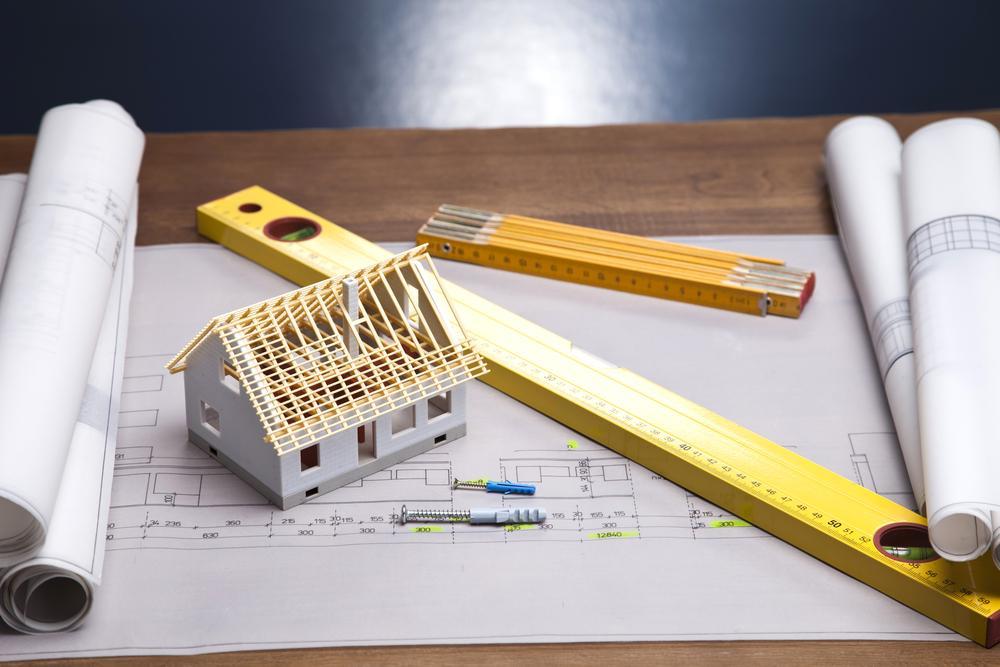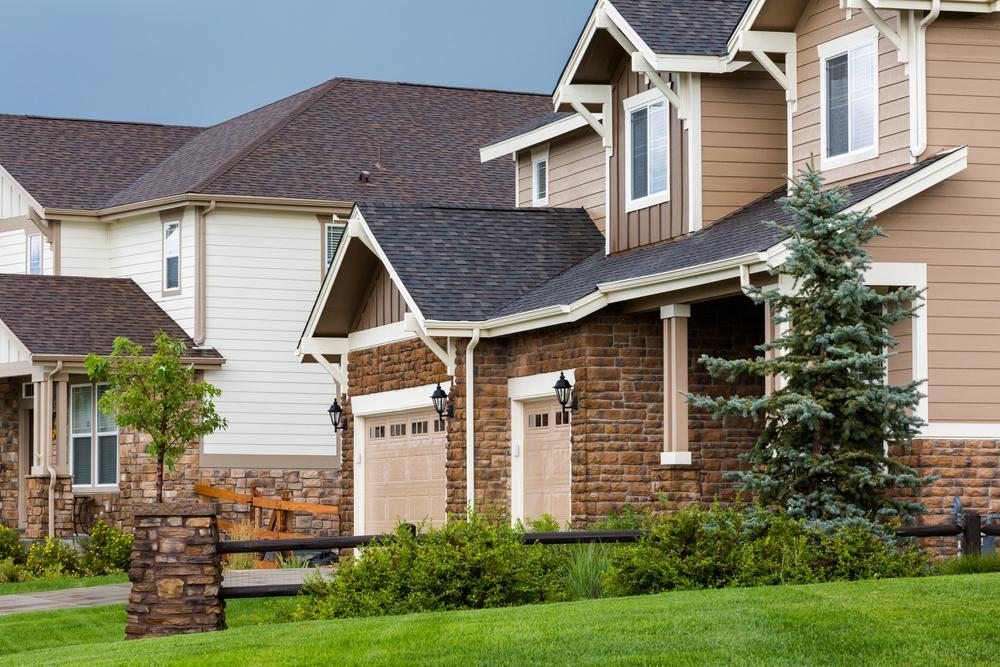Did you know if you live in an older house in Denver, you can learn more about who lived there before you, how old your house actually is, and other fun facts about your home and area? Tracking the architectural history of your house can provide insight into your neighborhood’s legacy and paint a clearer picture of the location you chose to spend your life in.

Maybe your lot was built by one of the most legendary Boulder Colorado architects, or was inhabited by a famous person in a previous lifetime. Using a unique online tutorial from The Denver Public Library’s Building and Neighborhood History Collection in the Western History and Genealogy Department, you can pinpoint your home’s complete life cycle, who built the house, and if there’s any historical significance of the building, neighborhood, or surrounding area.
A number of factors can paint a clear picture of the complete known history of your house or building.
Determining Your House or Building’s Age
Using the Denver Assessor’s Office, look up your address using the Real Property Records website. This can provide an approximate date of construction but can be misleading or off by a year or two. You will find an additional name, block, and lot numbers.
Your address is needed for access to early building permits and other city records, although street names and addresses do change sometimes. Using this tool, you can also find property values and zoning information, as well as links to maps, photographs, or recent changes of title information.
Using real estate and fire insurance atlases collected by the library, you can find “footprints” of structures and detail how a neighborhood was developed. Though streets and numbers have changed over time, there are some resources to verify a building:
- There was a major change in the downtown street numbering system in 1887 and a major change in street names for the entire city in 1904.
- The 1887 Sanborn atlas shows former and new address numbers and the 1903/4 Sanborn atlas shows former and current street names. Since the legal description does not usually change, the block and lot numbers can be used to verify the location of the property.
Determining Who Built Your Home

- If you believe your house was built prior to 1915, use the library’s online collection of transcriptions of Denver Building Permits: 1889-1892 and 1900-1914, then peruse Denver Building Permit Application Log Books 1889-1892, 1902-1914. (WH1145).
- Most permits issued before 1915 did not show an address and must be searched by Legal Description. Many of these are missing or incomplete but may give names of original owners, builders or architects, and costs.
- Permits for the years 1915 to 1955 are arranged by address on microfilm in the Western History and Genealogy Department. As the collection undergoes digitization, a growing number of permits can be found in the online resource Denver Building Permits (WH1145).
- More recent permits (from the 1970s to the present) may be obtained from the Denver Building Permit Records Office.
- If you cannot locate an original Building Permit you can still try to find out who owned it or lived in it.
Discover Who Lived In Your Home
- Search your address in the Library’s Collection of Householder Directories – arranged by address, list residents and business names
- Check names in the city directories – alphabetical by name of resident or business, usually list occupation and address
- Trace chain of title – using the Assessor Records (processes vary from the periods of late 1800s-1950s and late 1950s-early 1980s), track your chain of title by searching your property by legal description or parcel number
- Federal census – this can provide deeper demographic information about a house or neighborhood using occupation, nationality, etc.
Find Old Photographs of Your Home

Using the library’s Digital Collections, many old photographs can be found of old houses and neighborhoods, which could shed light on even more history about your home. Search by street name or address, or neighborhood or district. If there’s a significant landmark near your home, try searching for that also.
The library states the Stephen H. Hart Library and Research Center at History Colorado also has a large collection of photographs and asking your neighbors or those living nearby could be useful as well. Finding who lived in your home before you may also lead to several old photographs.
Discover Building Plans For Your Home
Want to discover the thinking behind your house’s layout, or why the architect chose to put the den on the south side of the house, or the shed on the west side? You may be able to track them down. But keep in mind, most houses and buildings in Denver are not designed directly by an architect. If you don’t already have the building plans or didn’t discover them on the property, finding them can be impossible.
If the original building permit does list an architect, check the library’s catalog to see if your architect is listed. Here are some tips laid out by the library:
- Many contractors used plans from plan books or mail order sources like Sears. The Library has a collection of reprints of these early plan books. Search the catalog for more.
- Many of the library’s architectural collections are indexed in its archives finding aids. Try searching your address or the name of your building here.
- The Stephen H. Hart Library and Research Center at History Colorado also has a large collection of plans and blueprints.
Discover The History of Your Neighborhood
To find out more about your home and the surrounding area, try going for a full neighborhood search. Search the name of your neighborhood in the library’s catalog, and digital collections, ask the Western History and Genealogy Reference Desk for clipping files about your neighborhood or explore the history of selected neighborhoods in the Neighborhood History Guides exhibit.
Finding your house’s history can be a bit of a wild goose chase, but can help you understand the tales of the walls you’re living in. If you are seeking to build in a new neighborhood, contact your local architecture firm.
Image source: Depositphotos





